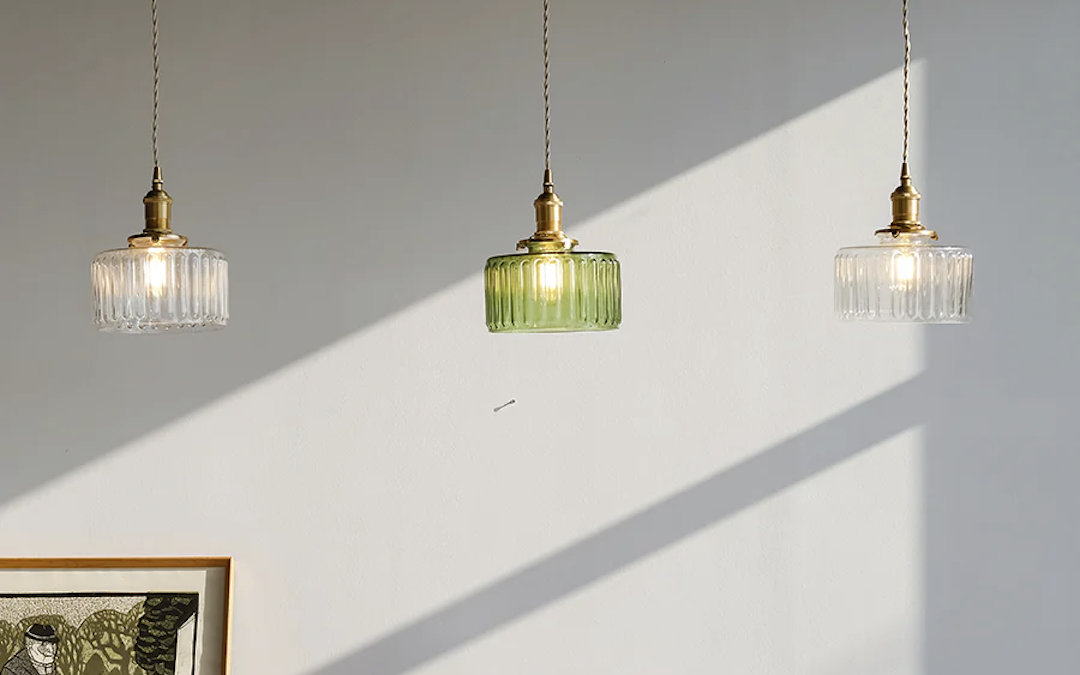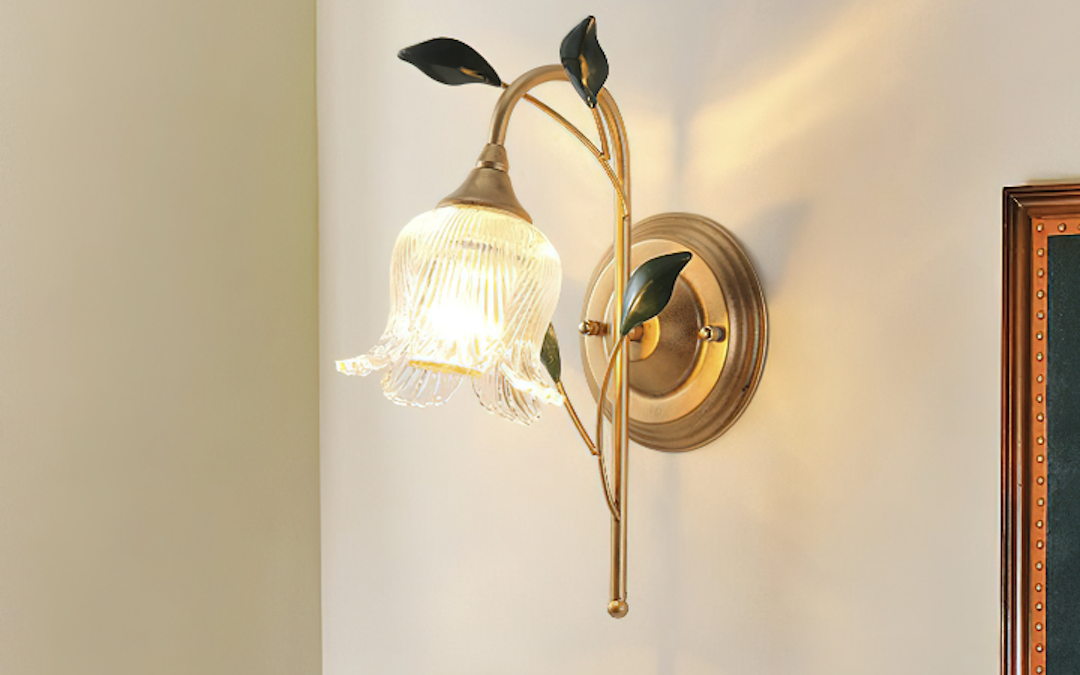Cinematic Brilliance: Exploring the Art and Science of Cinema Style Lighting
Introduction
Cinema style lighting refers to the lighting techniques used in movies to achieve a certain look, mood, and atmosphere in a scene. It plays a crucial role in setting the tone and enhancing the storytelling aspect of a movie. From the soft, romantic lighting in a love scene to the dramatic, moody lighting in a horror film, everything is done intentionally to engage the audience and create an immersive experience.
In this article, we’ll dive deeper into the art and science of cinema style lighting, exploring its history, the different types of lighting used, and the techniques and tools used by professionals to achieve the desired effect.
History of Cinema Style Lighting
The history of cinema style lighting can be traced back to the early days of filmmaking in the late 1800s. Initially, movies were shot outdoors or in bright, natural light, which resulted in flat, uninteresting images. It wasn’t until the 1910s that filmmakers started experimenting with different lighting techniques to improve the visual quality of their films.
One of the pioneers of cinematic lighting was German filmmaker F.W. Murnau, who introduced the concept of “expressionism” in his films. He used dramatic, high-contrast lighting to create tension and heighten emotions in his scenes. Other notable filmmakers who contributed to the development of cinema style lighting include Orson Welles, Stanley Kubrick, and Alfred Hitchcock.
Types of Cinematic Lighting
There are several types of lighting used in cinematic lighting, each with its own purpose and effect on the scene. Here are some of the most common types:
Key Light
The key light is the main source of illumination in a scene, and it’s usually placed to the side of the camera. This type of lighting is used to highlight the subject and add depth and dimension to the image.
Fill Light
The fill light is placed opposite the key light and is used to fill in the shadows and balance out the lighting. It creates a more natural look and prevents the image from being too harsh or contrasty.
Back Light
The back light, also known as the rim light, is positioned behind the subject and creates a halo effect around them. It separates the subject from the background and adds depth and dimension to the image.
Ambient Light
Ambient light refers to the natural or artificial light in the environment where the scene is being shot. It’s used to set the mood and create a sense of realism in the scene.
Techniques and Tools Used in Cinematic Lighting
Achieving the perfect cinematic lighting requires a combination of artistry and technical skill. Here are some of the techniques and tools used by professionals in the industry:
Gobos
Gobos are stencils or templates that are placed in front of a light source to create a pattern or texture on the scene. They’re commonly used to create the effect of sunlight shining through a window or leaves rustling in the wind.
Bounce Boards
Bounce boards are large, reflective surfaces that are used to bounce light onto the scene. They’re often used to create soft, diffused light and minimize harsh shadows.
Gels
Gels are colored filters that are placed in front of a light source to create a colored effect on the scene. They’re used to create mood and atmosphere, and are often used in horror or sci-fi films to create a creepy or futuristic look.
Dimmer Switches
Dimmer switches allow filmmakers to control the intensity of the lighting in the scene. They’re used to create a gradual transition between light and shadow, and to adjust the mood and tone of the scene.
Conclusion
Cinema style lighting is an essential element of filmmaking, and its importance cannot be overstated. It’s what sets the tone and atmosphere of a movie, and can be used to evoke emotions and drive the narrative. From classic Hollywood films to the latest blockbusters, cinema style lighting continues to play a critical role in the art of filmmaking.



